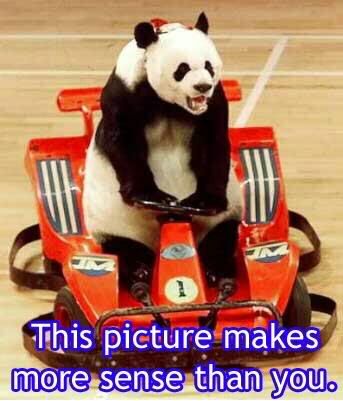There is always talk about copyrighted pictures. A picture is automatically copyrighted as soon as it is stored either digitally or on film. It does not need to be registered and does not necessarily need the © symbol. See below or for more complete info go to
http://www.copyright.gov/circs/circ1.html#wci
Likewise, just because it has the © symbol does not mean it is registered.
Copyright protection subsists from the time the work is created in fixed form. The copyright in the work of authorship immediately becomes the property of the author who created the work. Only the author or those deriving their rights through the author can rightfully claim copyright.
Copyright protects "original works of authorship" that are fixed in a tangible form of expression. The fixation need not be directly perceptible so long as it may be communicated with the aid of a machine or device. Copyrightable works include the following categories:
1. literary works;
2. musical works, including any accompanying words
3. dramatic works, including any accompanying music
4. pantomimes and choreographic works
5. pictorial, graphic, and sculptural works
6. motion pictures and other audiovisual works
7. sound recordings
8. architectural works
These categories should be viewed broadly. For example, computer programs and most "compilations" may be registered as "literary works"; maps and architectural plans may be registered as "pictorial, graphic, and sculptural works."
The way in which copyright protection is secured is frequently misunderstood. No publication or registration or other action in the Copyright Office is required to secure copyright. (See following Note.) There are, however, certain definite advantages to registration. See "Copyright Registration."
Copyright is secured automatically when the work is created, and a work is "created" when it is fixed in a copy or phonorecord for the first time. "Copies" are material objects from which a work can be read or visually perceived either directly or with the aid of a machine or device, such as books, manuscripts, sheet music, film, videotape, or microfilm. "Phonorecords" are material objects embodying fixations of sounds (excluding, by statutory definition, motion picture soundtracks), such as cassette tapes, CDs, or LPs. Thus, for example, a song (the "work" can be fixed in sheet music " copies" or in phonograph disks " phonorecords", or both.)
If a work is prepared over a period of time, the part of the work that is fixed on a particular date constitutes the created work as of that date.
http://www.copyright.gov/circs/circ1.html#wci
Likewise, just because it has the © symbol does not mean it is registered.
Copyright protection subsists from the time the work is created in fixed form. The copyright in the work of authorship immediately becomes the property of the author who created the work. Only the author or those deriving their rights through the author can rightfully claim copyright.
Copyright protects "original works of authorship" that are fixed in a tangible form of expression. The fixation need not be directly perceptible so long as it may be communicated with the aid of a machine or device. Copyrightable works include the following categories:
1. literary works;
2. musical works, including any accompanying words
3. dramatic works, including any accompanying music
4. pantomimes and choreographic works
5. pictorial, graphic, and sculptural works
6. motion pictures and other audiovisual works
7. sound recordings
8. architectural works
These categories should be viewed broadly. For example, computer programs and most "compilations" may be registered as "literary works"; maps and architectural plans may be registered as "pictorial, graphic, and sculptural works."
The way in which copyright protection is secured is frequently misunderstood. No publication or registration or other action in the Copyright Office is required to secure copyright. (See following Note.) There are, however, certain definite advantages to registration. See "Copyright Registration."
Copyright is secured automatically when the work is created, and a work is "created" when it is fixed in a copy or phonorecord for the first time. "Copies" are material objects from which a work can be read or visually perceived either directly or with the aid of a machine or device, such as books, manuscripts, sheet music, film, videotape, or microfilm. "Phonorecords" are material objects embodying fixations of sounds (excluding, by statutory definition, motion picture soundtracks), such as cassette tapes, CDs, or LPs. Thus, for example, a song (the "work" can be fixed in sheet music " copies" or in phonograph disks " phonorecords", or both.)
If a work is prepared over a period of time, the part of the work that is fixed on a particular date constitutes the created work as of that date.
* This post has been modified
: 19 years ago





